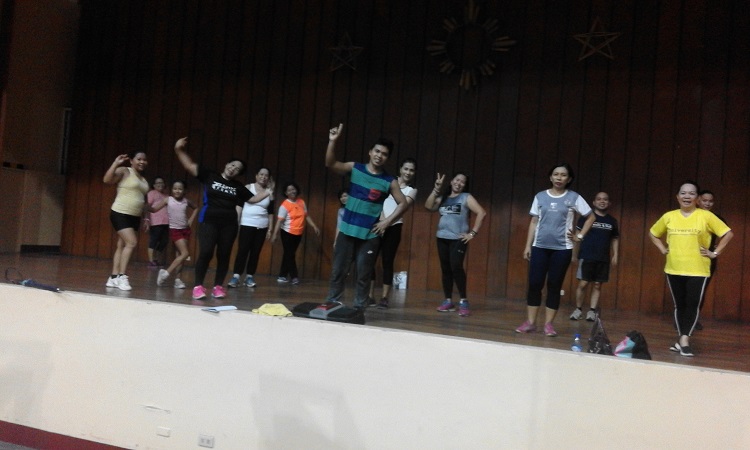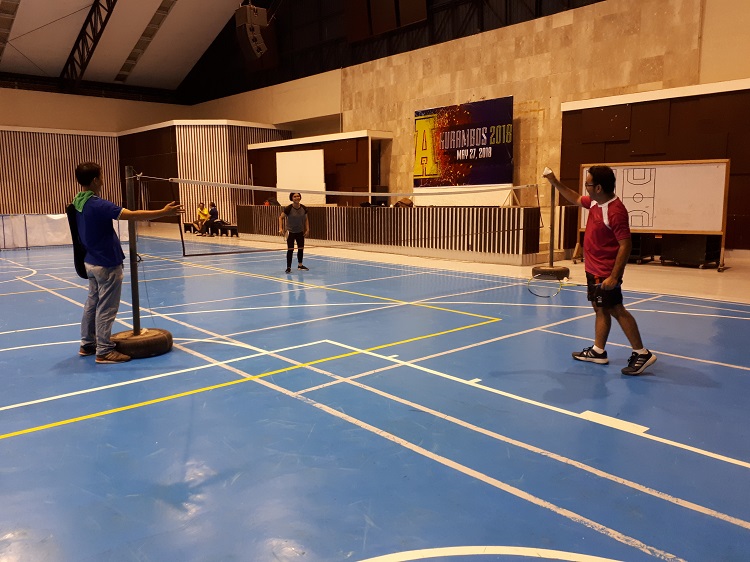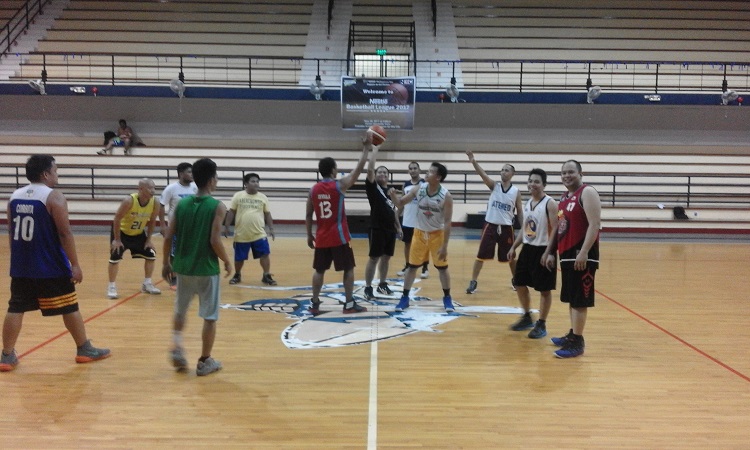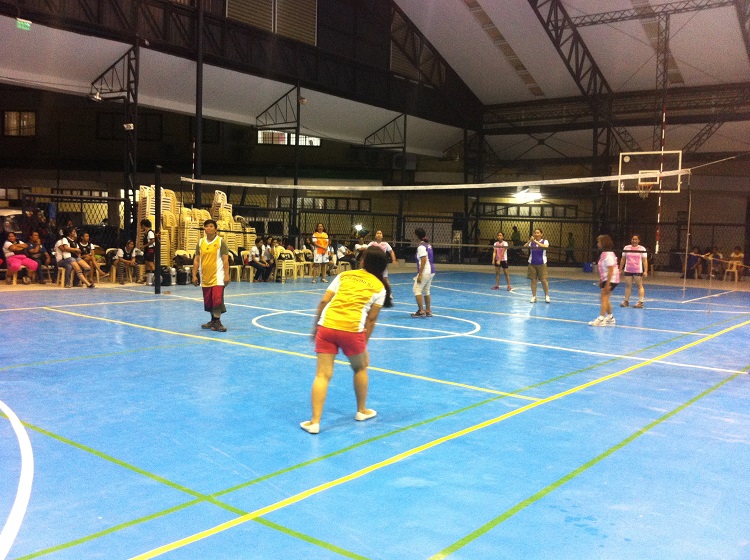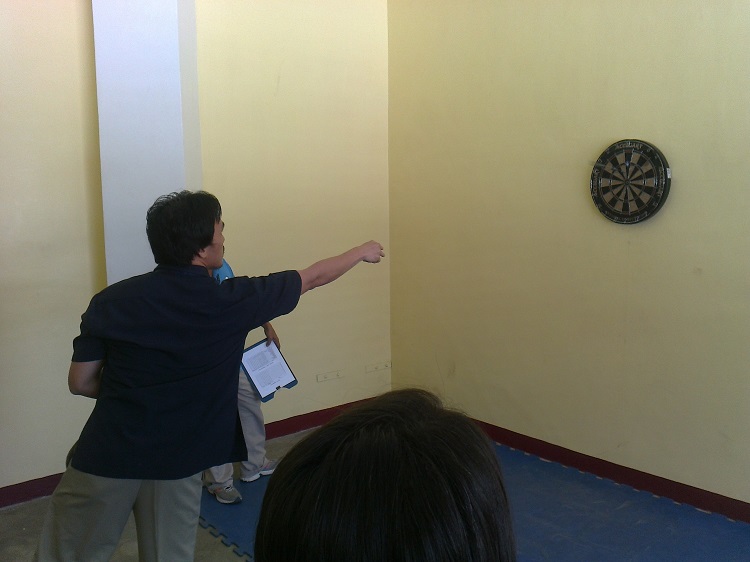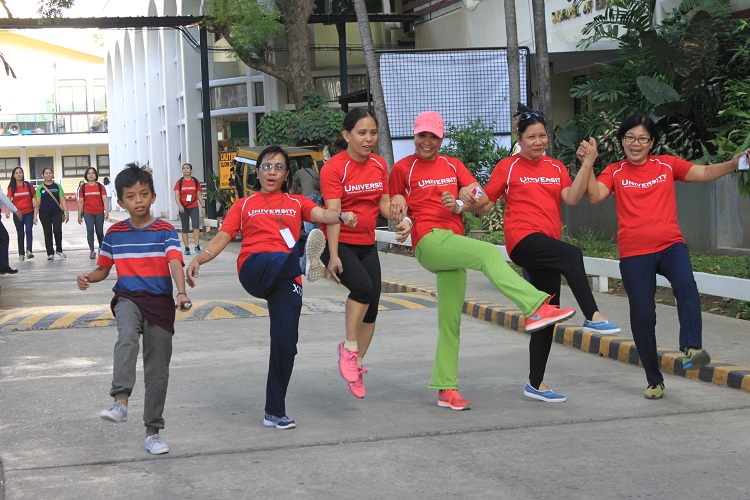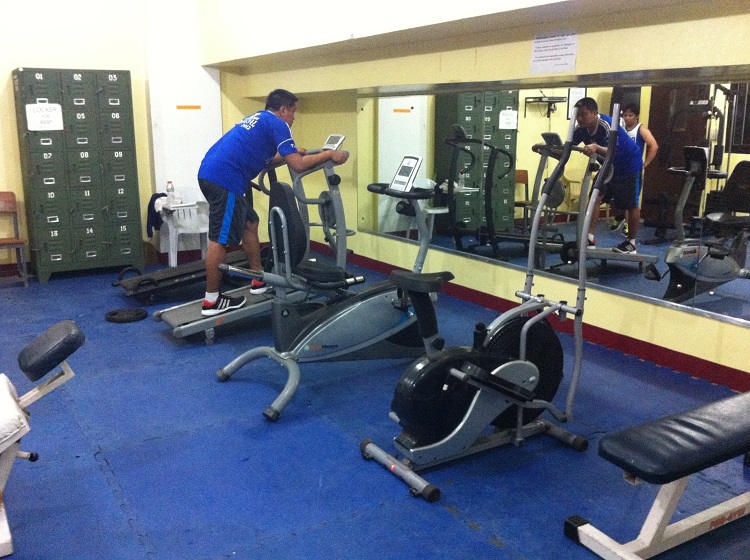Wellness Corner: Physical Activity
The World Health Organization (2010) reported that physical inactivity has been identified as the fourth leading risk factor for global mortality (6%), following high blood pressure (13%), tobacco use (9%), high blood glucose (6%), and overweight and obesity (5%). The document (WHO, 2010) stressed that the levels of physical inactivity are rising in many countries with major implications for the general health of people worldwide and for the prevalence of Non-Communicable Diseases (NCDs), such as cardiovascular disease, diabetes, and cancer.
According to the guidelines issued by the United States Department of Health and Human Services (2008), and the World Health Organization (WHO, 2010), all adults should avoid inactivity. The guidelines clarified that adults who participate in any amount (or type) of exercise gain some health benefits. Plowman and Meredith (2013) differentiated physical activity from physical fitness. The authors (Plowman & Meredith, 2013) described the physical activity as any bodily movement produced by skeletal muscles that results in health-enhancing energy expenditure, while physical fitness is described as a set of attributes that people have or anything that relates to the ability to perform physical activities.
On the other hand, the National Heart, Lung, and Blood Institute (NHLBI, 2018) classified physical activities into four main types, namely: Aerobics, which is the type that benefits the heart; Muscle strengthening, which improve muscular strength, power and endurance; Bone strengthening, which allows the feet and the arms to support the weights of the body, like running, walking and jumping; and Stretching, which improves flexibility and the ability to move the joints of the body. The UWSP University Health Service (2000) published a document identifying some of the aerobic activities that can be pursued to combat the “crisis” on inactivity, such as; walking, biking, jogging, swimming, aerobic dance, and cycling. The document (UWSPUHS, 2000) described aerobic exercise, as any moderate-intensity exercise that uses the same large muscle groups, rhythmically, for a period of 15 to 20 minutes or longer, and at the same time describing anaerobic activity as any activity which is shorter in duration but higher in intensity, which include sprinting, softball, basketball, football, and weightlifting, among others.
The USDHHS (2008) and WHO (2010) explained that for substantial health benefits, adults should do at least 150 minutes (2 hours and 30 minutes) of moderate-intensity exercise or an equivalent of 75 minutes (1 hour and 15 minutes) of vigorous-intensity aerobic. The document (USDHHS, 2008) presented major research findings which showed that: regular physical activity reduces the risk of many health adverse outcomes; some physical activity is better than none; additional benefits occur as the number of physical activity increases; with at least 150 minutes of moderate-intensity activity in a week, among others.
The document (USDHHS, 2008) also recommended guidelines for adults who wish to engage in physical activity, like understanding the risks or danger of physical activity; choosing the types of activity appropriate for their current fitness level; gradually increasing physical activity over time; exercising in a safe environments; and consulting with their health provider about the types and amount of physical activity appropriate for them.
The Centers of Disease Control and Prevention and ACSM (2018) enumerated the following moderately-intensity activities: walking to class or store; walking for pleasure; walking the dog; walking as a break from work; walking downstairs; race walking; hiking; bicycling between five to 9 mph on a level terrain; stationary biking; high-impact aerobic dancing; calisthenics; yoga; boxing on a punching bag; and competitive Table Tennis. Vigorous activities, on the other hand, include jogging or running; climbing briskly; backpacking; mountain climbing; bicycling for more than 10 mph; water jogging; and boxing on the ring.
The UWSP (2018) and the NHLBI (2018) mentioned some of the benefits of aerobic exercises, which include: increased resistance to fatigue; extra energy and stamina; toned muscles and increased lean body mass; decreased tension and stress; improved quality of sleep; improves mood, reduces depression and anxiety, fun and can be shared with friends and partners; and lowers the risk of lifestyle-related disease.
Plowman and Meredith (2013) presented that while many factors affect fitness and health, there is considerable evidence that physical activity contributes to both. The authors (Plowman and Meredith, 2013) added that although different people respond differently to exercise, physical has benefits beyond physical.
According to the United States Department of Health and Human Services (2006), citing a report by the Centers of Disease Control and Prevention (CDC) more than half of the adult population of the US are inactive while another 16% are considered not active at ALL. Seguin et al. (2002) clarified that growing older involves an inevitable loss of strength, energy, and vigor. Because of these, many older adults find difficulty in walking for distances, climbing stairs, and carrying groceries, as a result of muscle loss. The authors (Seguin et al., 2002) suggests that to keep the muscle healthy, and strong one should engage in strength training exercises, like weight lifting or resistance training. Seguin et al. (2002) clarified that if done regularly, strength training builds bones and muscles. The World Health Organization (2010) recommended the following to be considered when engaging in physical activity: the types of activity to be performed; the duration (for how long) of the activity to be performed; the frequency (how often) or the number of times an activity is performed; the intensity (or how hard a person works to do the activity); and the volume of the exercise.
The USDHHS (2006), on one hand, clarified that aside from physical inactivity; smoking, high blood pressure, high blood cholesterol, overweight, and diabetes are considered as risk factors that contribute to heart disease. The report (USDHHS, 2006), highlighted the weight important tips for heart health, namely: being physical active; balance intake of calorie and exercise; weight loss; cessation of smoking; controlling high blood pressure; cholesterol and diabetes; and choosing food low in saturated fat, trans fat, cholesterol, sugar, and salt.
At present, the University through the Athletics Office organized the year-round wellness program, which includes Aerobic exercise, Badminton, Basketball and Table Tennis for its employees. Aside from these activities, the University also made the weights gym available to those who are into strength training exercise. To encourage participation, the University also extended these activities to the employees’ immediate family members.
The Aerobic exercise, Badminton, Basketball, and Table Tennis are scheduled every Monday, Wednesday, and Friday, from 5:00PM to 7:00PM for the main campus. The Aerobic exercise is also extended in the Pueblo campus, catering to both grade school and junior high school employees, every Tuesday and Thursday afternoon.∎
